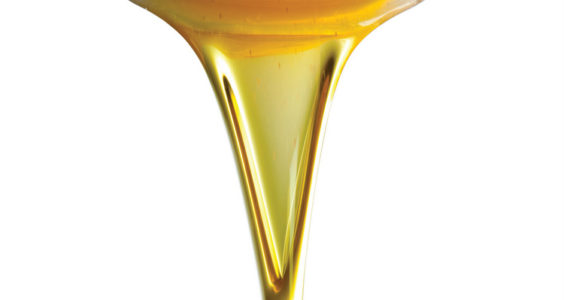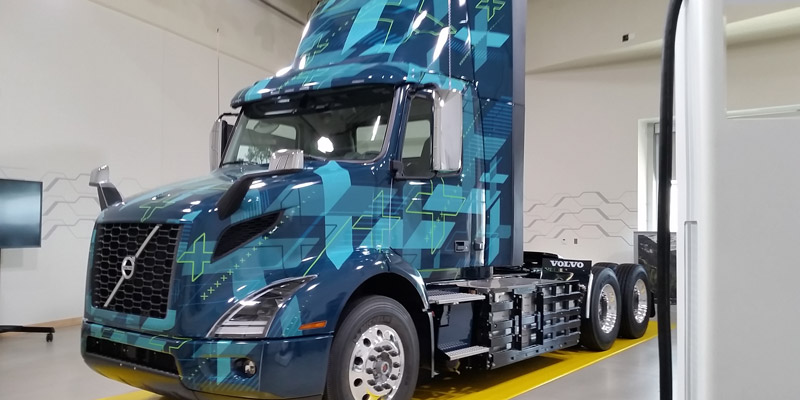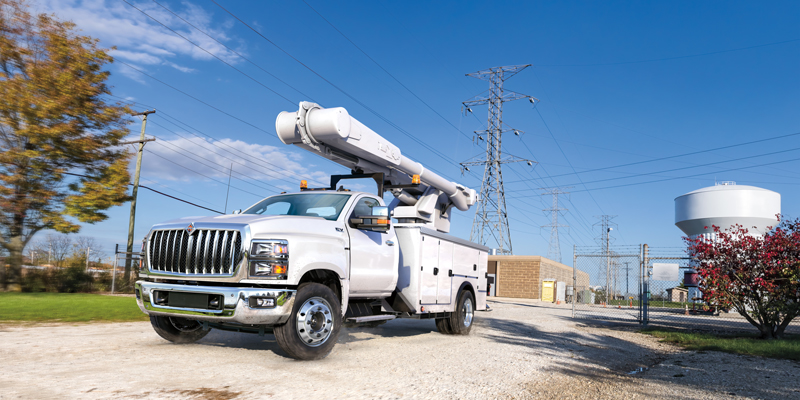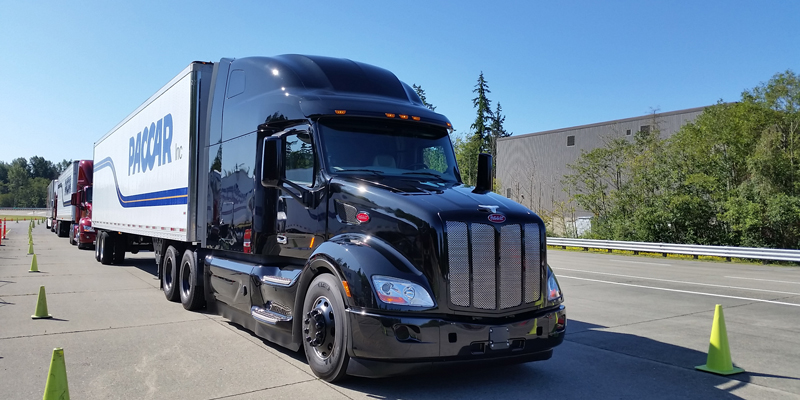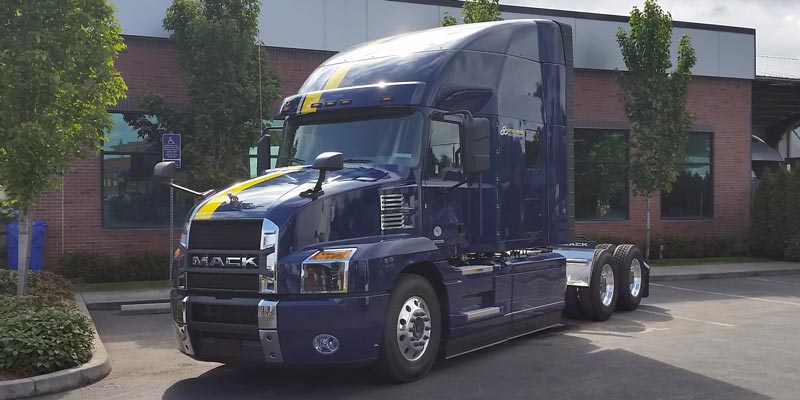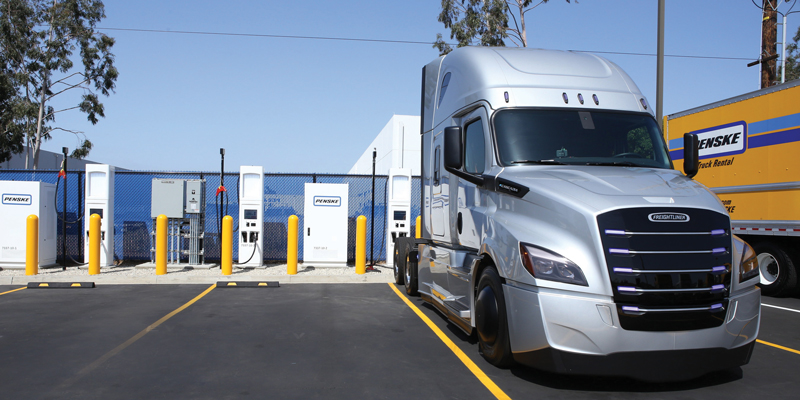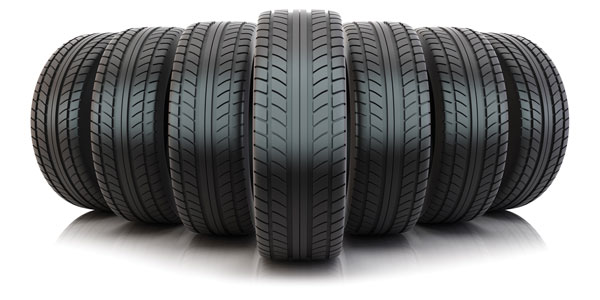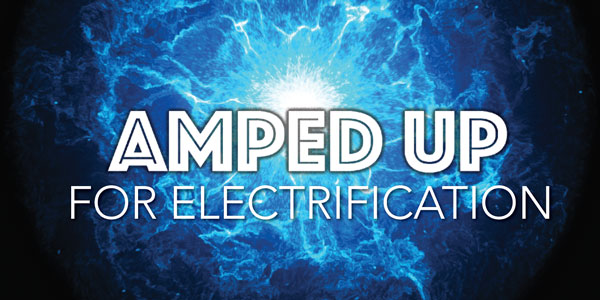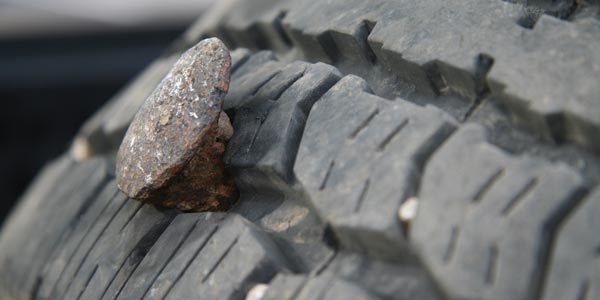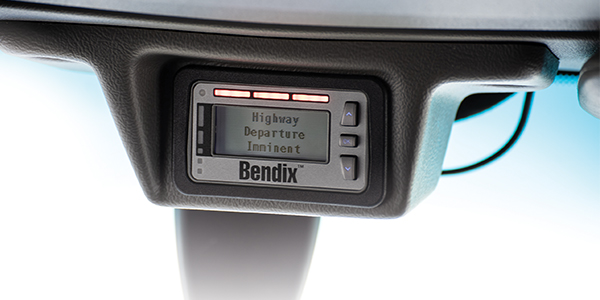Engine dynamometer tests needed to define the new PC-11 performance category are now finalized. However, the new PC-11 performance level will force end users, engine manufacturers and oil marketers to become familiar with two new (and not interchangeable) heavy-duty diesel engine oils.
When the Engine Manufacturers Association (EMA), reacting to the EPA’s call for reduced greenhouse gases (GHG), requested a new level of diesel oil performance several years ago, they requested oils which would provide improved:
- Fuel economy;
- High-temperature performance;
- Protection from oil aeration;
- Protection against cylinder scuffing; &
- Biodiesel fuel compatibility.
The EMA hasn’t yet gotten all they asked for since the current PC-11 specs include no tests for biodiesel fuel compatibility—and natural gas fuels weren’t even mentioned. Most of the EMA’s requests have now been addressed, and so PC-11 proceeds.
PC-11 will define two separate heavy-duty diesel lube oils. PC-11A (which will likely be called API CK-4) is scheduled to be commercialized in 2017. This performance category will address pre-2017 engine designs and all the various XW-40 and XW-30 grade oils on the market since much is known about their actual field performance.
Lighter oils designed for use in 2017, and beyond, diesel engines will be addressed by a PC-11B spec, which has not yet been finalized or named. The oil industry wants to change the current naming protocol so these oils cannot be confused with PC-11A or API CK-4 oils to prevent possible engine failures. This is a good idea.
Why shouldn’t PC-11 B oils find their way into pre-2017 engine designs? First, we are used to identifying oils by their viscosity grade, but viscosity merely defines an oil’s resistance to flowing. Viscosity doesn’t define such things as density, volatility or shear strength. Engine components require an oil film to be present to prevent metal-to-metal contact, but viscosity grade doesn’t adequately define that performance requirement.
Years ago additive manufacturers and oil suppliers noticed that shear stability was a better indicator of film strength. A high-temperature high shear rate test (HTHS) was developed to better delineate shear performance. As we gain experience with HTHS testing and lighter oil formulations we will be better able to formulate thinner engine oils which still adequately protect engine components.
(Click “Next Page” to continue reading the story.)

